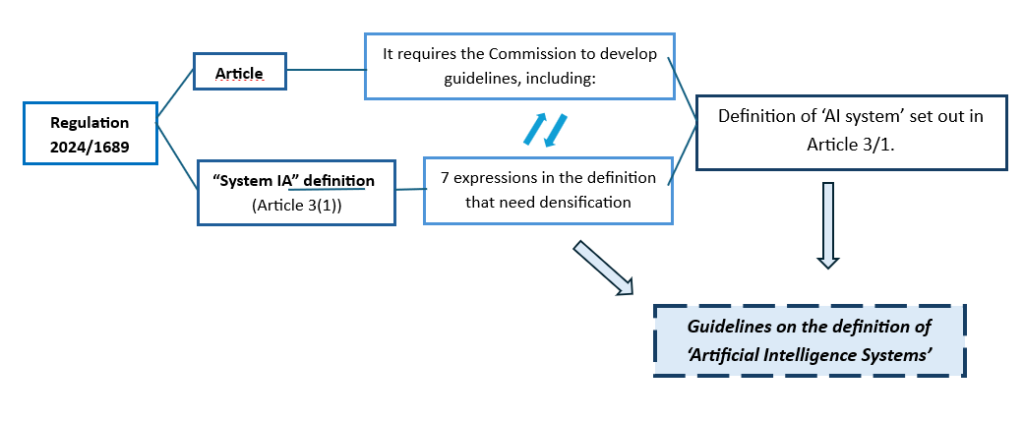12.02.2025
Practice Areas: Intellectual Property and Information Technology
European Commission presents Draft Guidelines on Prohibited Practices of Artificial Intelligence
On February 6, 2024, the Commission presented the first Draft Guidelines on the definition of Artificial Intelligence System established by the Artificial Intelligence Regulation 2024/1689 (commonly known as the “AI Act”).
The AI Act provides for a phased application, with the provisions set out in Chapters I and II already applying from February 2, 2025.
The Need for Clarification
Despite the length of the Regulation, the interpretation of certain fundamental concepts continues to pose challenges, due to their complexity and degree of generality.
It is in this context that the European Commission has been presenting Guidelines aimed at clarifying the practical application of the AI Act. Following the presentation, on February 4, of the Guidelines on the interpretation of Article 5 (prohibited uses of AI), the first Draft Guidelines on the concept of Artificial Intelligence System have now been published.
The importance of the definition of “AI System”
The definition of Artificial Intelligence System in Article 3(1) of the AI Act is decisive in delimiting the scope of the Regulation. The AI Act does not apply to all technological systems, but only to those that meet the criteria of this definition.
In the published Guidelines, the Commission reiterates that the qualification of a system as “AI system” must be analyzed on a case-by-case basis, rejecting an automatic, mechanical, enumerative and inflexible approach. This is reflected in point 62 of the document, which emphasis that it is not possible to define an AI system through an exhaustive list of examples.
The European Commission emphasizes that the Guidelines are not binding and that it is ultimately up to the Court of Justice of the European Union to interpret and apply the concept of an AI System within the EU legal framework.
The following diagram illustrates the content of these Guidelines, as well as the enabling norm that enables the Commission to guide the interpretation of this legislative provision.



















































